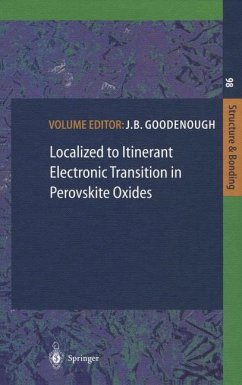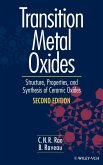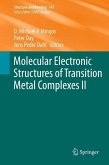Interest in the transition metal oxides with perovskite related structures goes back to the 1950s when the sodium tungsten bronzes NaxWO3 were shown to be metallic [1 ], the system Lal_xSr~MnO3 was found to contain a ferromagnetic conductive phase [2], and La0.sSr0.sCoO3 was reported to be a ferromagnetic metal, but with a peculiar magnetization of 1.5 #a/Co atom [3]. Stoichiometric oxide perovskites have the generic formula AMO3 in which the A site is at the center of a simple cubic array of M sites; the oxide ions form (180 ° 4)) M O M bridges to give an MO3 array of corner shared MO6/2 octahedra and the larger A cations have twelvefold oxygen coordination. Mismatch between the A O and M O equilibrium bond lengths introduces internal stresses. A compressive stress on the MO3 array is accommodated by a lowering of the M O M bond angle from 180 ° to (180 ° 4)); a tensile stress on the M O M bonds is accommodated by the formation of hexagonal polytypes [4].








